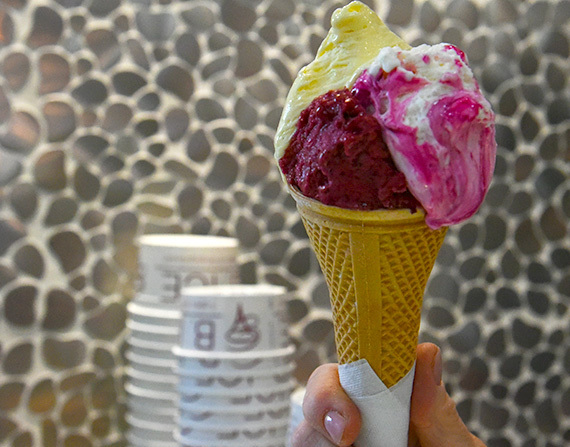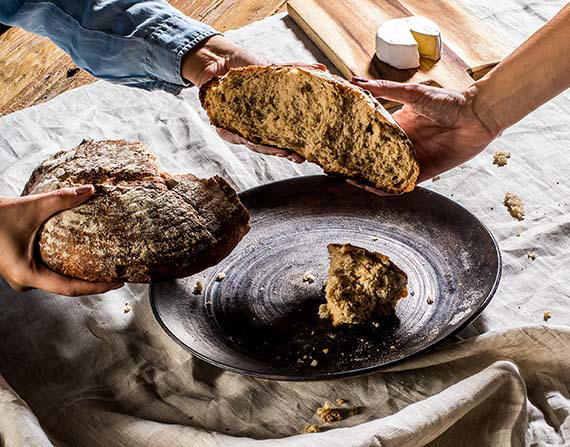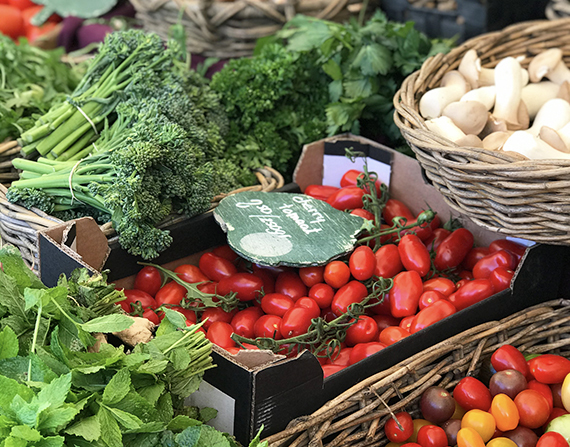Colors and Spices: Tel Aviv's markets
For those who like to eat, the trip to Israel is a treat for the eye, stomach and soul. First, almost everything you see before eating is very colorful, has a lot of personality with intoxicating aromas. Second, because everything has a lot of reference in Arab roots, which I particularly think is "the mother" of all kitchens in the world (just think about the Persian civilization, among others). And third, just as important as the others, is because everything is really good! When I travel, I make a point of visiting at least two street markets - or fairs. It is in these places that we can understand how the food culture manifests itself in that nationality. And it is usually where you can eat very well. Because nowadays any capital that values its tourism always has good options to eat, even in fruit and vegetable fairs (formerly, these places were where housewives bought groceries; today, they have become lucrative tourism and leisure spaces, and a gateway to the local cuisine visibility).
The fact is that in Tel Aviv there are known hypermarkets and tourist markets - a paradise for all five senses - and others less known and more restricted to locals. I went to visit all of them. Here is an x-ray of my experience:
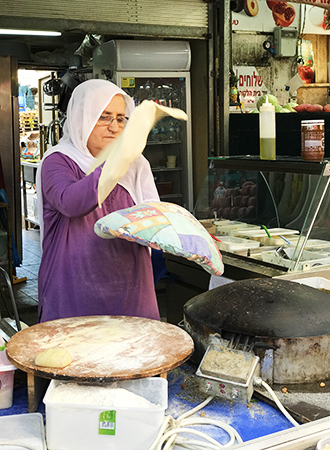
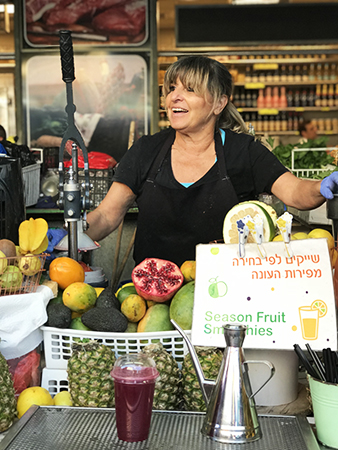
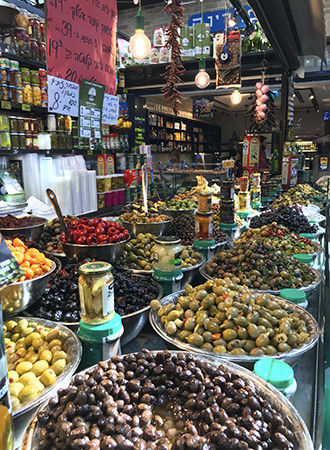
Carmel Market: Whoever goes to Tel Aviv will hear someone talk about this market. It is as if a visitor was in São Paulo, Brazil, and asked which market to go to. Everyone would automatically say “São Paulo Municipal Market”. That’s it. Carmel is a bustling street market: there are vendors talking loudly, offering food; some love when tourists taste their delicacies, others get angry if you try and don't buy. It is an immensity of colors and aromas. Tel Aviv loses nothing to tropical countries like Brazil when it comes to fruit and vegetables. And one of the most fresh and abundant fruit is pomegranate. For the first time I tried pomegranate juice and I confess that I still miss it. The first one I tasted, thanks to my dear and very intelligent guide Marcel Berditchevsky, was made by a friendly immigrant vendor from Iran (over time, I noticed there are many Jews from Iranian families who settled in Israel due to the war). What a nice girl! Her kindness in serving me that juice will be forever in my memory. At Carmel, you can buy a little of everything. Not only fruit and vegetables, but the fantastic spices that the Middle East is known for (zatar, sumac, etc.), even delicious dried fruit like dates, figs, apricots and nuts in general. In this market you will also find one of the most disputed places to eat the famous hummus. It is said that its owner woke up one day and said that God appeared in his dream and directed him to open a hummus store as if it were a synagogue. So he did so. It's worth buying some of this or that at Carmel. But if you intend to visit the famous Mahneuda in Jerusalem, spend your money there (variety, cleanliness and service will be better).
Sarona Market: This is one of those newly created markets (2015) that live up to the trend of emerging food courts. Think of Chelsea Market in NY, Borough Market in London, the FoodHallen in Amsterdam, and so on. It is a less rustic, more sophisticated space, made for those who like comfort and air conditioning. It is so convenient that it works even on Shabbat (religious day in Judaism, when many commercial places close in the city). It has its charm, of course, but is a bit less genuine in conventional terms.
What is advantageous, on the other hand, is the fact that it has several restaurants, stands, community tables and kiosks, which greatly make the visitor's experience easy.
In time: In the past, its space was held by Germans, during the Nazi-era, Palestinians and Englishmen. It took many years to become a domain from Israel and it underwent a revitalization process. Surrounding Sarona Market is a beautiful living area, full of shops, restaurants, wine bars, lawns, among others. This is where many residents spend part of their free time, including lunchtime.
In time 2: don't miss the Halva Kingdom. Also found in Jerusalem's wonderful Mahane Yehuda Market, it is a space dedicated to about 100 types of halva (the sweet tahini).
In time 3: underneath the Sarona, there is a tour to visit the old bunkers. It is worth going to understand a little of the history of this valuable space, and the history of Israel.
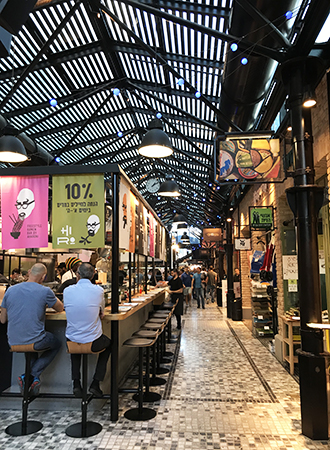
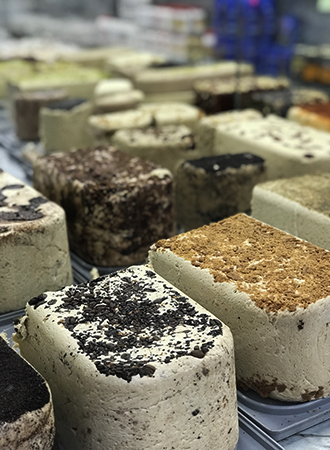
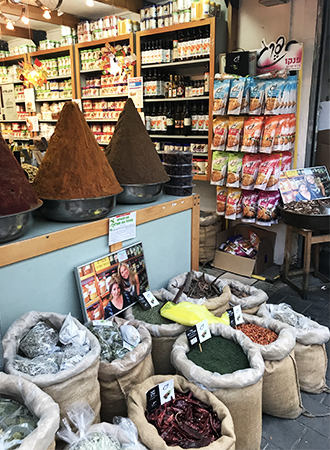
Levinsky Market: This is the kind of market that hardly anyone will let us know about it and tell us to go there. Precisely because it is frequented only by Jewish locals. You barely speak English there. I had to make a daring effort to understand what the grocery store owner was trying to tell me about a spice I wanted to buy. But for those who like to go local, it's quite an experience. Much is similar to what you find in a tourist market like Carmel or Sarona, but for better prices and, let’s say, more authentic. Levinsky Market is nothing more than a set of interconnecting streets full of little shops, small markets and emporiums. All very similar to each other, but with their peculiarities and stories (most of them, family owned). Levinsky was originally created by a mix of immigrants: first were the Greeks in the 1930s, then the Persians from Iran, and these waves made the place become rich in spices, colors and the like. It is very interesting to see the open windows of the small markets, decorated with spice pyramids or boxes full of nuts, chestnuts, dates, pistachios, and others. Those dates, by the way, are the best in the world. They can be bought in various sizes - although for me they are all are large when compared to the ones we have in Brazil - I took a handful of them and ate one by one, day by day, throughout the entire trip, and I still had some left to bring home. They are so chubby that they seem to have no end. An unforgettable taste.



